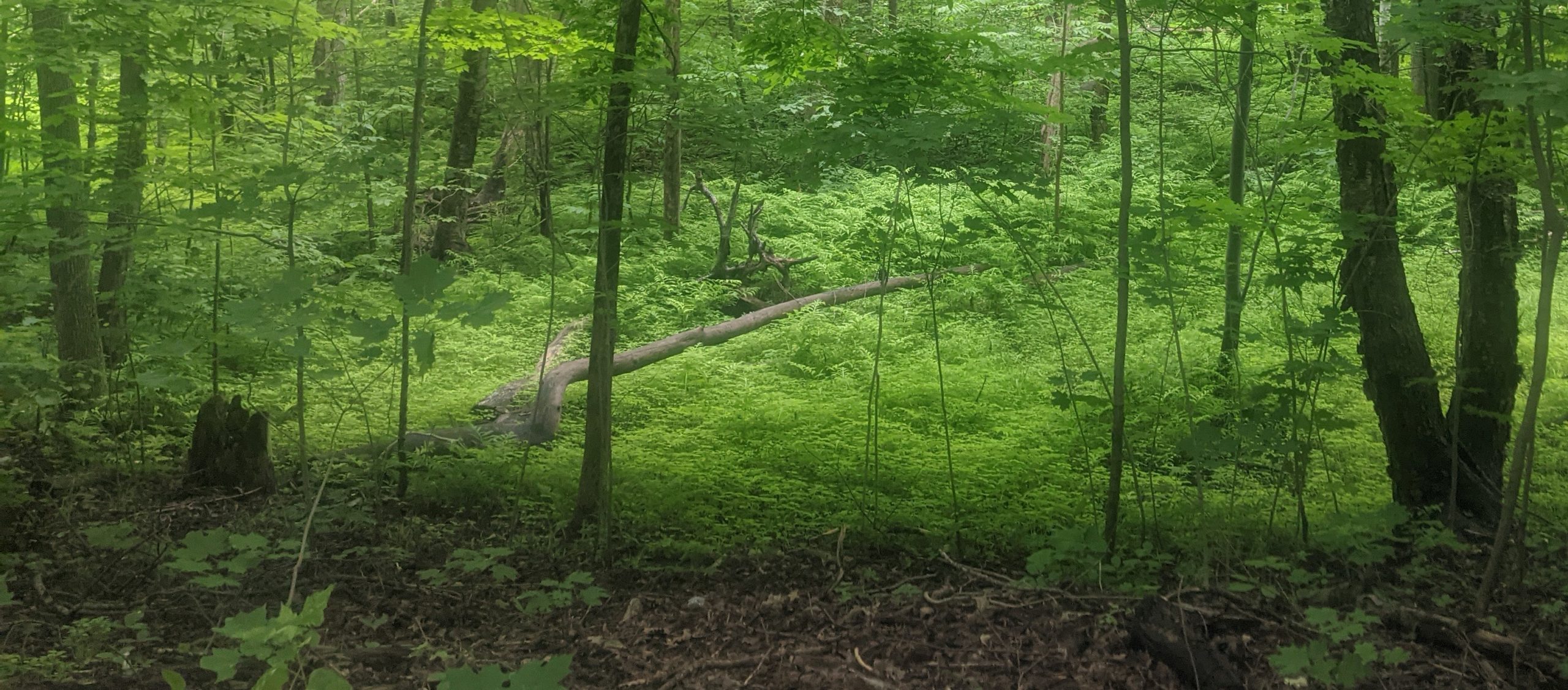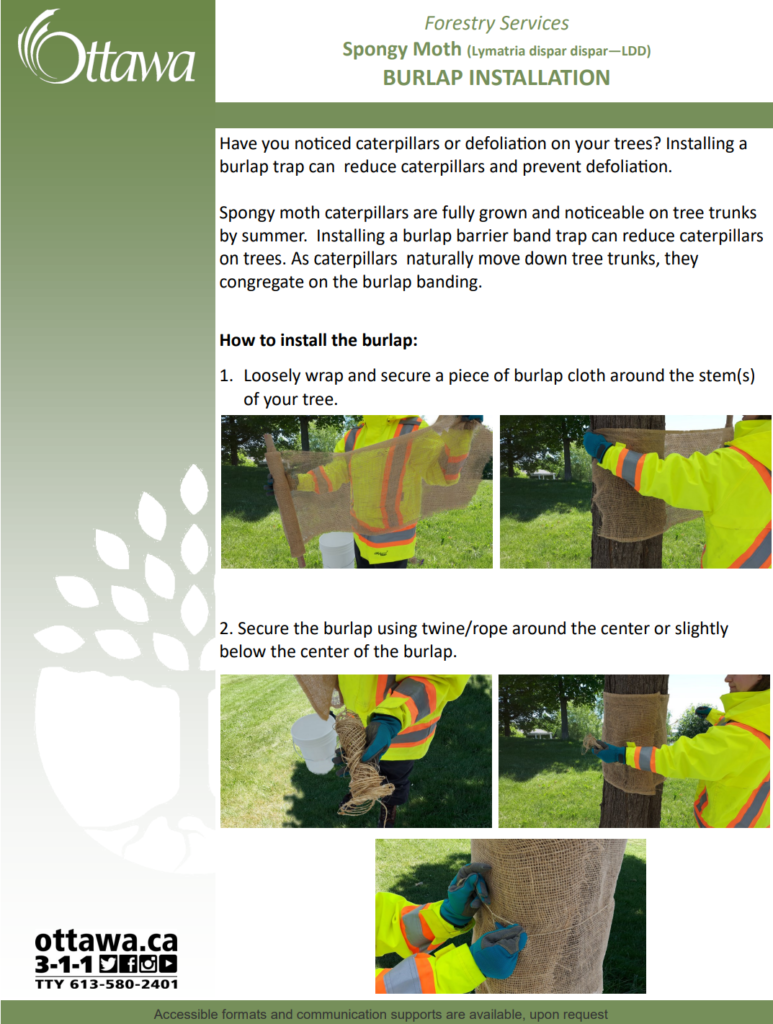by Caroline Béland-Pelletier, Chair of the QTNca Natural Environment Committee
Caroline has been a QTNca board member for 3 years and has chaired the Natural Environment Committee for two years
From surveys and conversations we know that QTN residents value the green space that we have in our neighborhood. Some report that it was a major factor in their decision to move into QTN. Residents enjoy the parks and forested trails. I also hear praise for our neighborhood’s tree canopy from visitors who come into QTN.
Neighbourhoods with trees and natural areas such as ours promote physical activity which benefits health and well-being. Many of us go for regular walks through QTN. We are fortunate to have natural areas near our doorsteps. It makes us feel good to spend time around trees. Trees are also our ally for climate change adaptation. They moderate temperature, provide shade to help us through the heat waves, provide natural protection against UV rays and can lower the AC bills.
We know we have a good thing in QTN. We cannot take it for granted. The ash borer, one stress factor for our trees, has resulted in the loss of many trees. We’ve also had two seasons of heavy spongy moth infestation, trees dying of old age, and trees and green space being lost in in-fill projects.
QTNca has sponsored projects to help residents minimize the impact of the spongy moth and we have requested tree planting in the forests and parks to replace the trees taken down due to old age or ash borer illness. We advocated for improvements in the tree protection by-law and policies that require green space and soft landscaping surrounding new infill. We promote the inclusion of trees in front-yard spaces in order to maintain a healthy tree canopy throughout QTN. We ran a Canopy Regeneration Project to invite people to plant trees on their properties, to make use of the City tree-in-trust program, and to reach out to us with ideas of where we could add more trees.
For the future, I would like to emphasize that trees and green space have to be an integral part of urban planning. In my opinion, they are the most important part because without nature we are nothing; we won’t exist. It takes a couple of hours to take down a mature tree and all the benefits I mentioned previously. It will take decades to bring that level of canopy back. If, on top of that, we don’t plan for proper green space for trees to grow, we might see a much greyer, asphalt, concrete, plastic-siding looking neighbourhood in decades to come. It is possible to combine redevelopment and greening strategies but it has to be well-planned in advance and not left as an afterthought.



 Burlap trap instructions (PDF)
Burlap trap instructions (PDF)